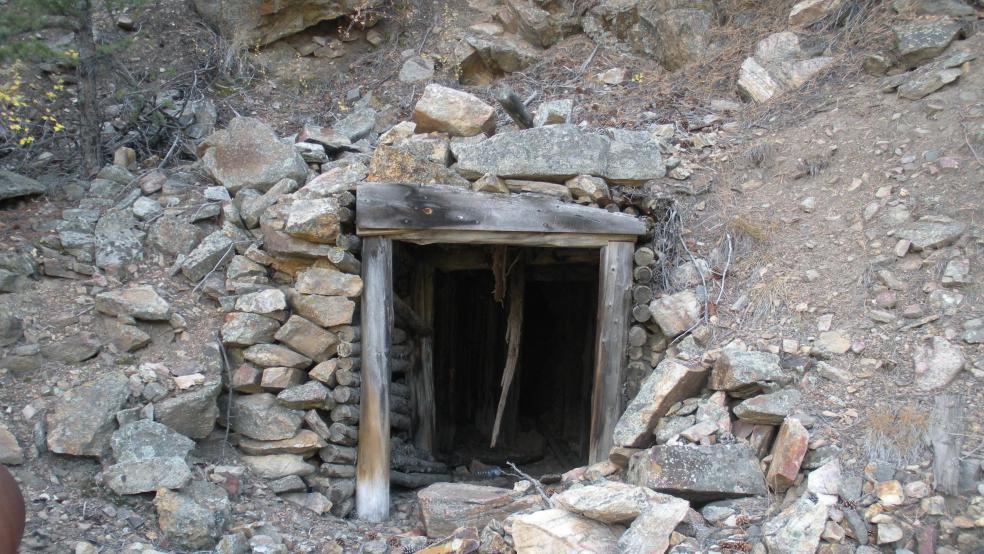The nation was horrified last month by a Colorado mine spill that sent a torrent of three million gallons of toxic, yellow sludge into the Animas River. The noxious materials traveled hundreds of miles downstream through Colorado, Utah and New Mexico.
The breach from the old Gold King Mine, which was abandoned in 1923, was triggered by a team of workers from the U.S. Environmental Protection Agency – responsible for safeguarding the environment – that had been doing remediation at the site to prevent the release of toxic material.
Related: As States Battle New EPA Rules, Some Make Surprising Progress on Emissions
The EPA has vowed to fully clean up the costly environmental disaster. But the troubling truth is that the Gold King Mine site is just one of literally thousands of contaminated sites on federal government land that could easily pose the next major environmental crisis.
A Government Accountability Office report released last week said that four major federal agencies responsible for much of the 700 million acres of federally owned land have identified thousands of contaminated or potentially contaminated sites. But those may be just the tip of the iceberg – and the government has no dependable way of assessing the full extent of the problem.
For instance, the Department of Agriculture’s Forest Service estimates there are as many as 39,000 abandoned mines on its land, including roughly a fifth that present some degree of risk to human health or the environment. The Department of the Interior, meanwhile, has identified 4,722 sites with confirmed contamination.
Yet Interior’s Bureau of Land Management has identified 30,000 other abandoned mines that have not yet been assessed for contamination but likely will add to the growing list of high risk contaminated sites. And for good measure, the Department of Defense reported last year that it had 38,804 sites with contamination, while the Department of Energy has 16 similar contaminated sites in 11 states.
Related: How ‘King Coal’ Could Swing the 2016 Election
“Many hazardous waste sites pose serious risks to human health and the environment, and their cleanups can require substantial time and expense,” J. Alfred Gomez, GAO’s director of Natural Resources and Environment, told a House energy and commerce subcommittee last week. “Abandoned mines from private mining activities on Interior and USDA lands also can present major environmental cleanup challenges and expenses for the federal government.”
As The Wall Street Journal noted recently, the Colorado mine spill disaster focused renewed attention on the long-standing struggle of the federal Superfund program to clean up contaminated mining sites that pose serious risks to human health and the environment.
The Superfund program was created in the 1980s to clean up some of the country’s most polluted sites, from mines and landfills to abandoned factories and plants. But the EPA has encountered many difficulties in running the program, ranging from inadequate funding to local opposition from residents who shunned the stigma of Superfund designation to the technical challenges of remediating legacy mining sites that often defy traditional cleanup measures.
The federal government’s inventory system for tracking contaminated or potentially contaminated mines and sites is woefully inadequate. For example, after a site is listed on the docket, EPA requires that agency responsible to conduct a preliminary assessment within 18 months. However, the EPA can’t force the agency to meet the deadline or pay a penalty.
Related: Which States Get Hit Hardest by Obama’s New Energy Rule?
“As of February 2014, both Interior and USDA had conducted a preliminary assessment of the majority of their sites on EPA’s docket,” according to the GAO. “However, EPA, Interior, and USDA have differing information on the status of preliminary assessments for their docket sites.”
The process of tracking and evaluating toxic or potentially hazardous sites not only is time consuming but expensive. For example:
- The Agriculture Department allocated more than $22 million to environmental cleanup efforts and lists $176 million of environmental liabilities at 100 sites, according to a January 20015 GAO report.
- The Interior Department in fiscal 2013 allocated about $13 million for environmental cleanup efforts and listed $192 million of environmental liabilities at 434 sites.
- The Defense Department spent almost $30 billion from 1986 to 2008 for environmental cleanup and restoration at military installations, the GAO reported in July 2010. DOD reported $58.6 billion of total environmental liabilities in its fiscal 2014 Agency Financial Report.
- The Department of Energy received an appropriation of almost $5.9 billion in fiscal year 2015 to support cleanup activities. Last year, DOE estimated its total liability for environmental cleanup at almost $300 billion.





